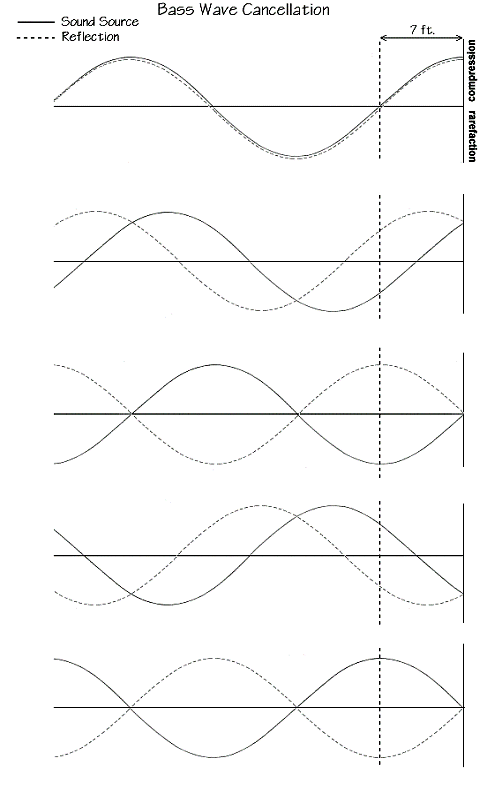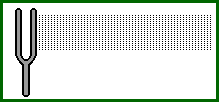| Quote (Bubbagump @ July 12 2005,20:24) |
|
You are hearing the harmonics which are multiples of the frequency… perhaps two or three times the fundamental. I can almost guarantee the mda plug is adding harmonics above and beyond those in the subsonic level… I actually happen to think the sub part is probably the least of what the plugin does. Quote Distort Takes the existing low frequencies, clips them to produce harmonics at a constant level, then filters out the higher harmonics. Has a similar effect to compressing the low frequencies. |
i totally forgot about harmonics! that makes a lot of sense.
you have reminded me that a lot of times i’m not really hearing what i think i’m hearing (or i think i’m hearing something that i’m really not). it takes a while to learn that
 and the spectral analyzer is a lot of help for that – i started using it on that same electronic album, and did indeed high pass every track cause the super-lows were kicking up to like +30dB (the sub synth, now that i think about it, was on a different project).
and the spectral analyzer is a lot of help for that – i started using it on that same electronic album, and did indeed high pass every track cause the super-lows were kicking up to like +30dB (the sub synth, now that i think about it, was on a different project).speaking of the sub synth, where’d you get that description of it? i couldn’t find the docs on the mda

(also, i’d like to mention that i am aware of the need to have an honest listening environment, but i didn’t realize that subwoofers were not likely to be honest. if nothing else, i guess it’d be handy to have around for checking mixes on.)
anyway, thanks for the help! i keep forgetting how little i really know about this stuff.

